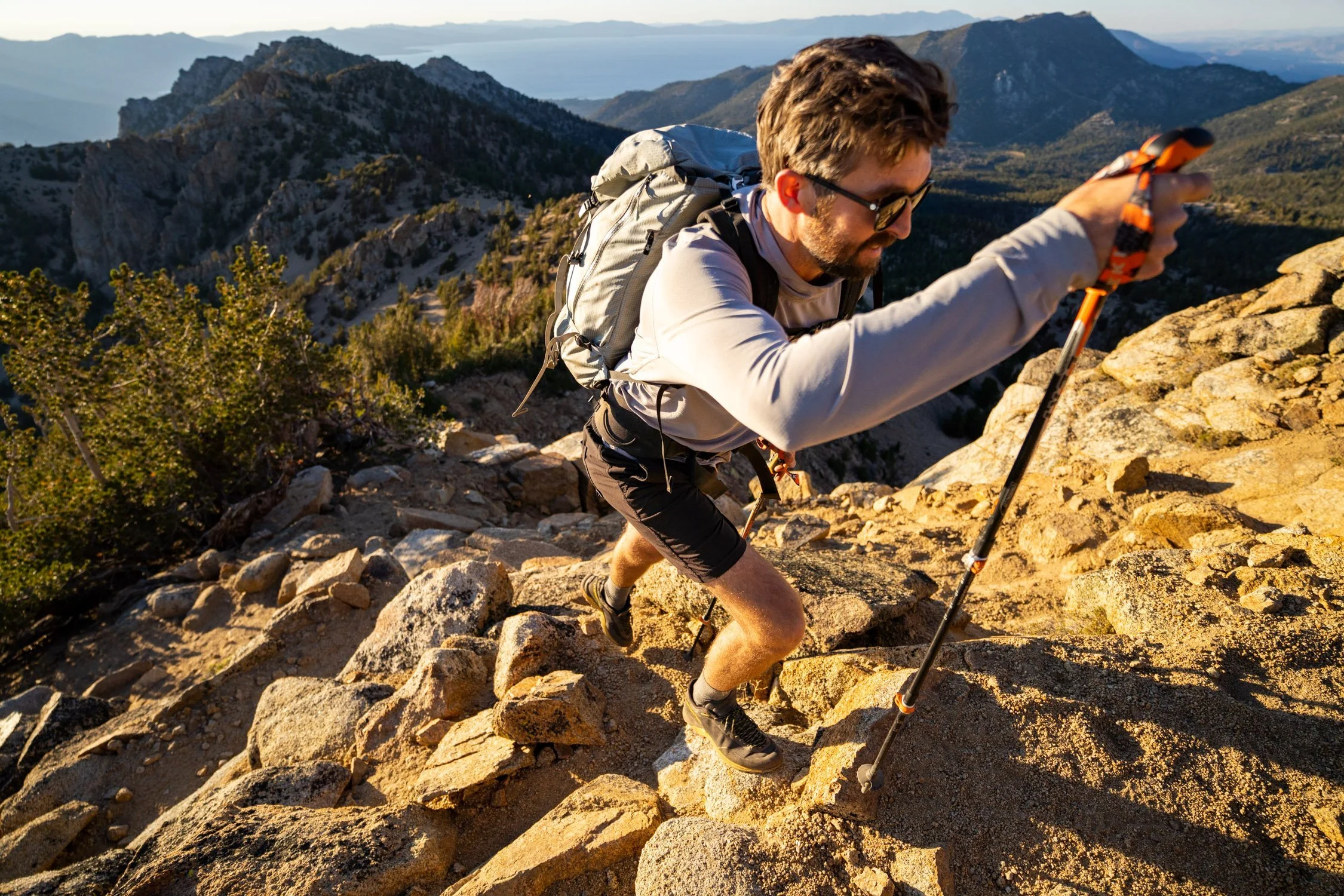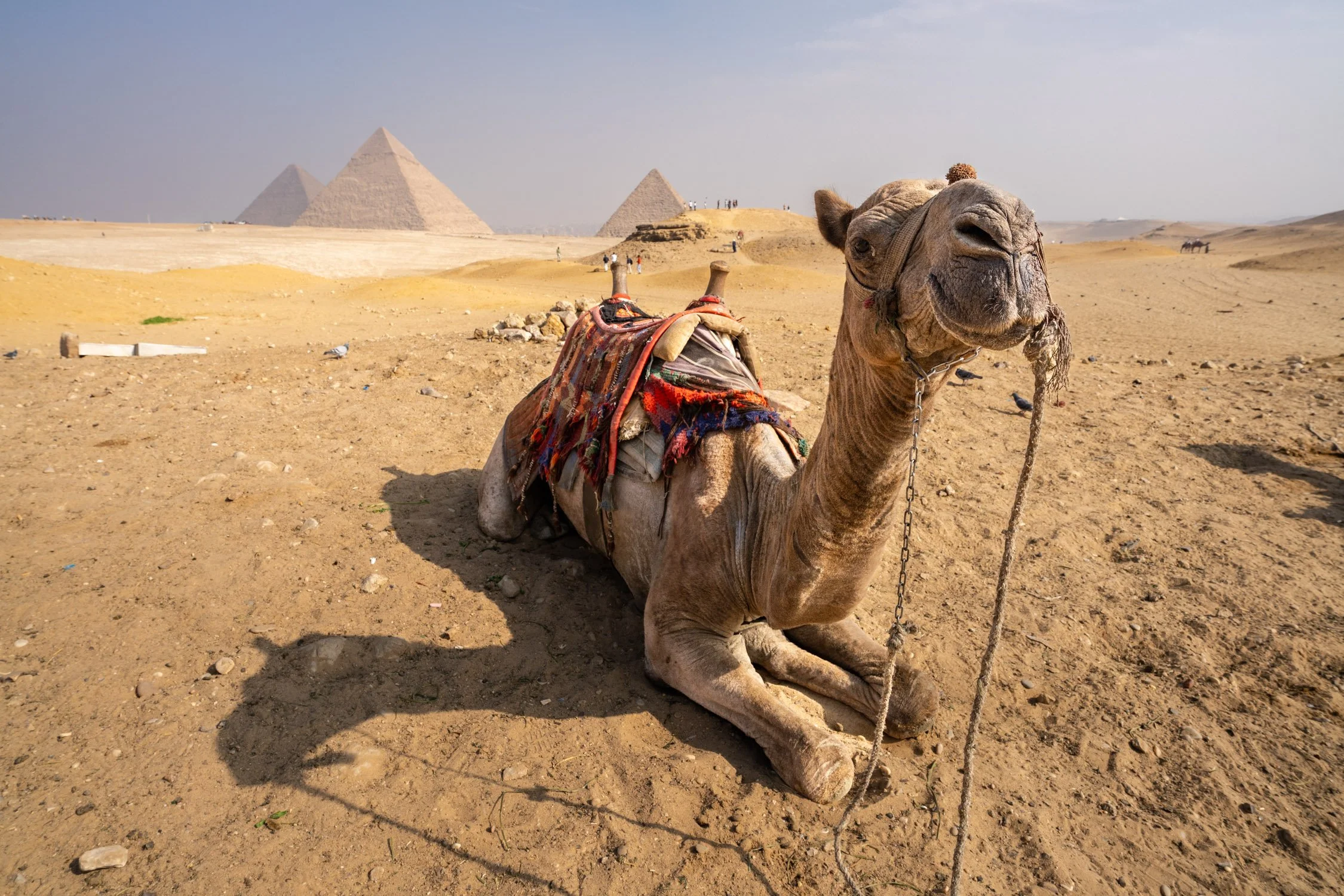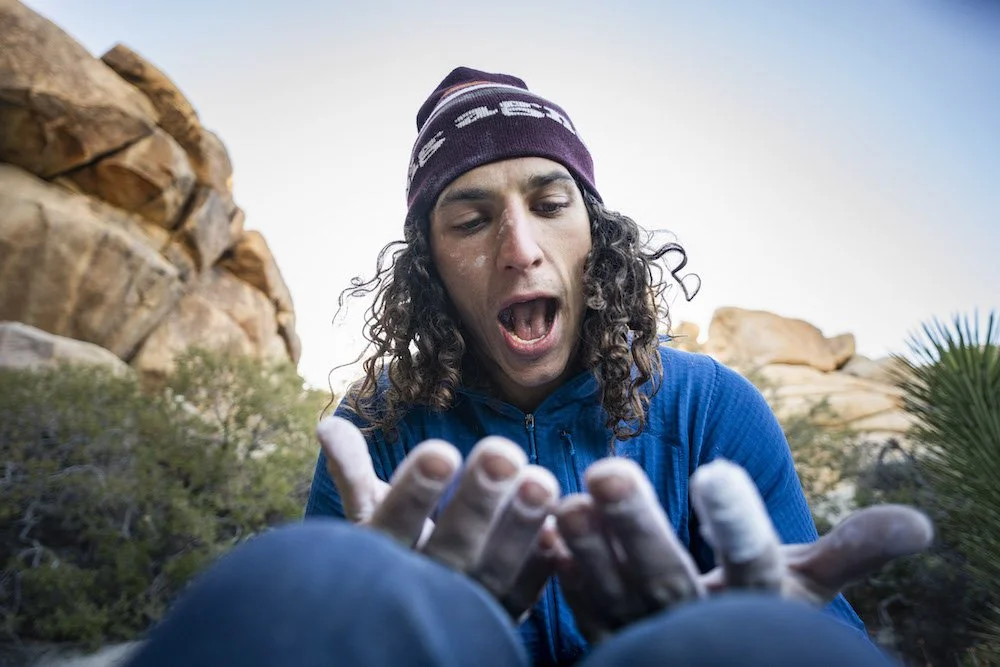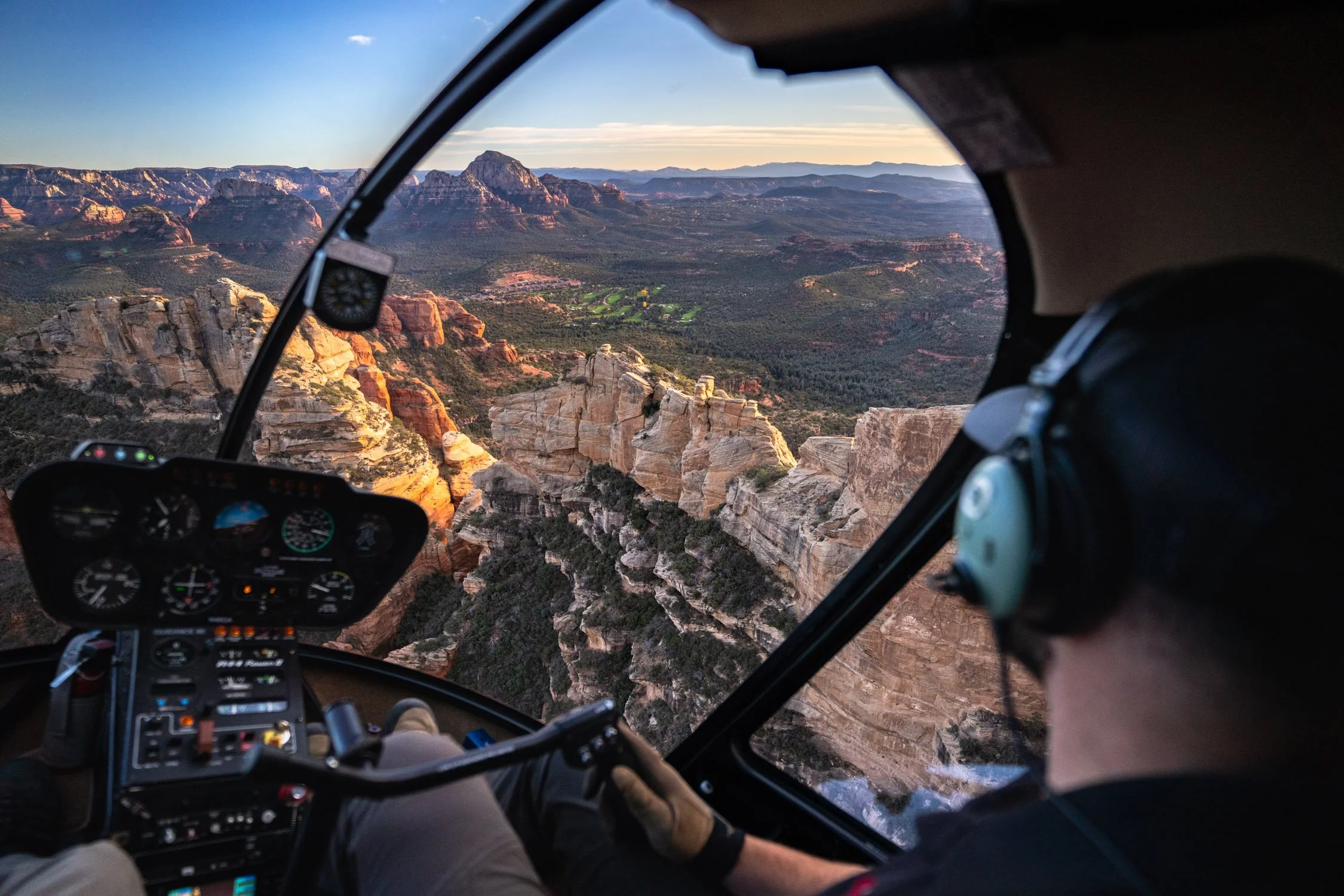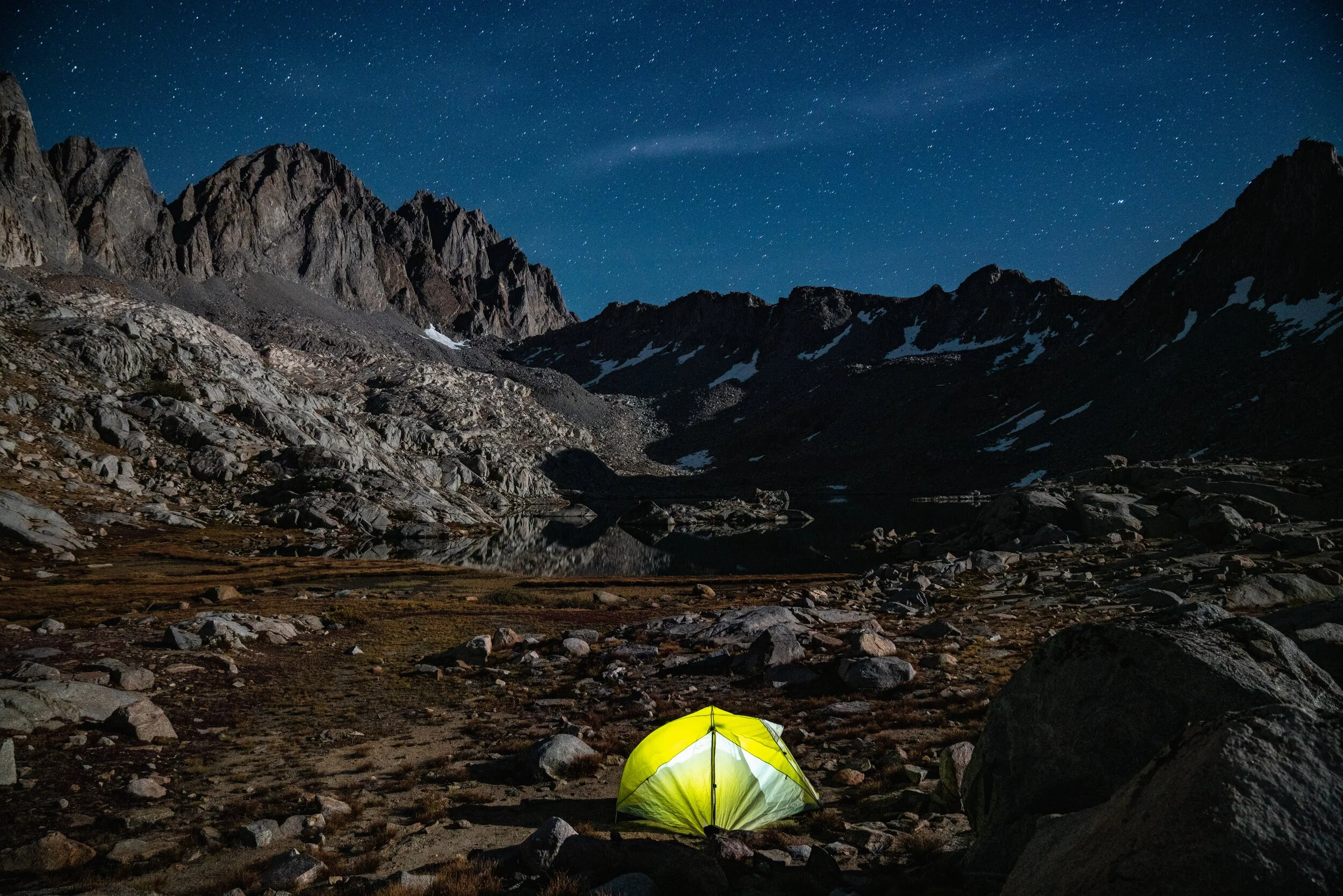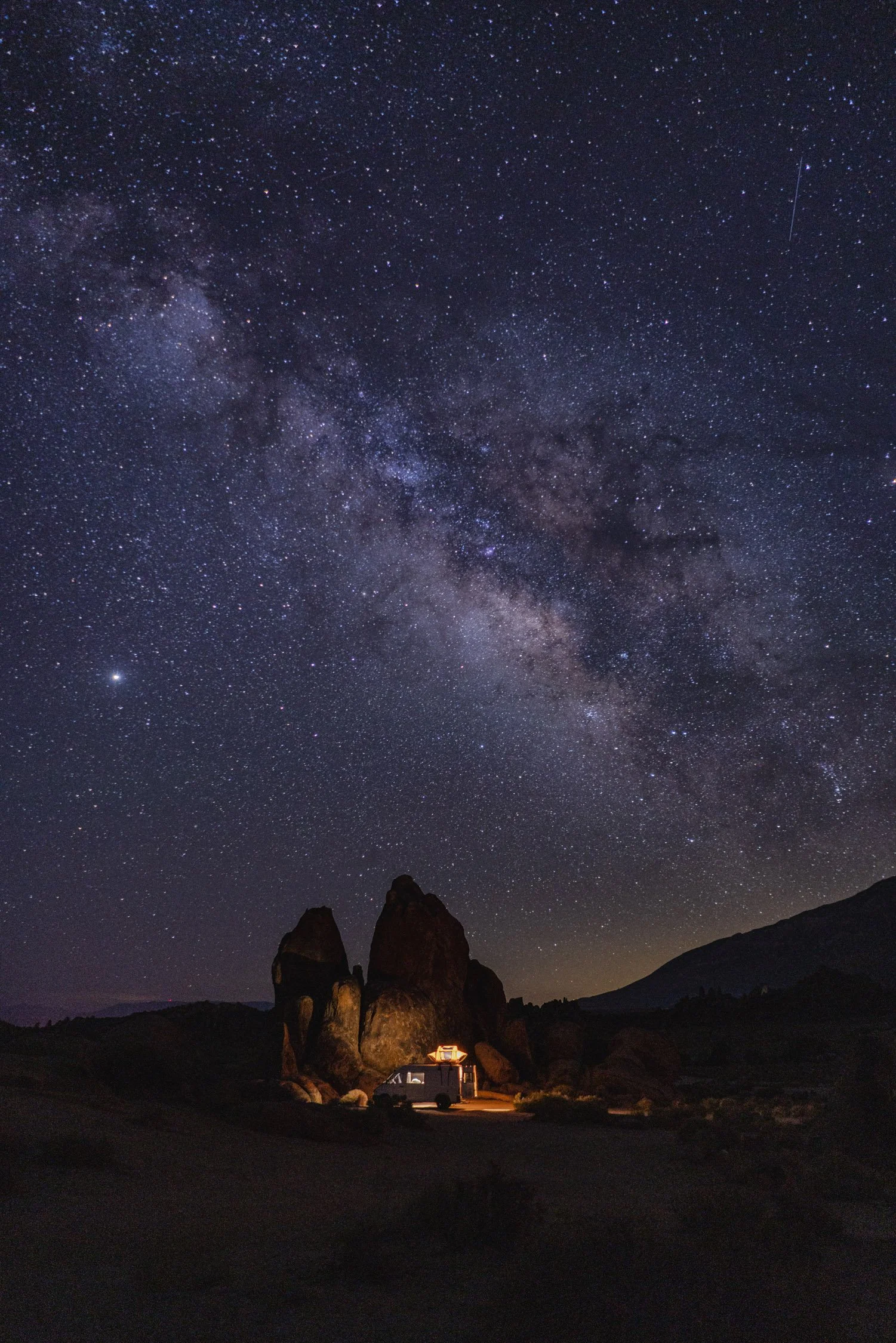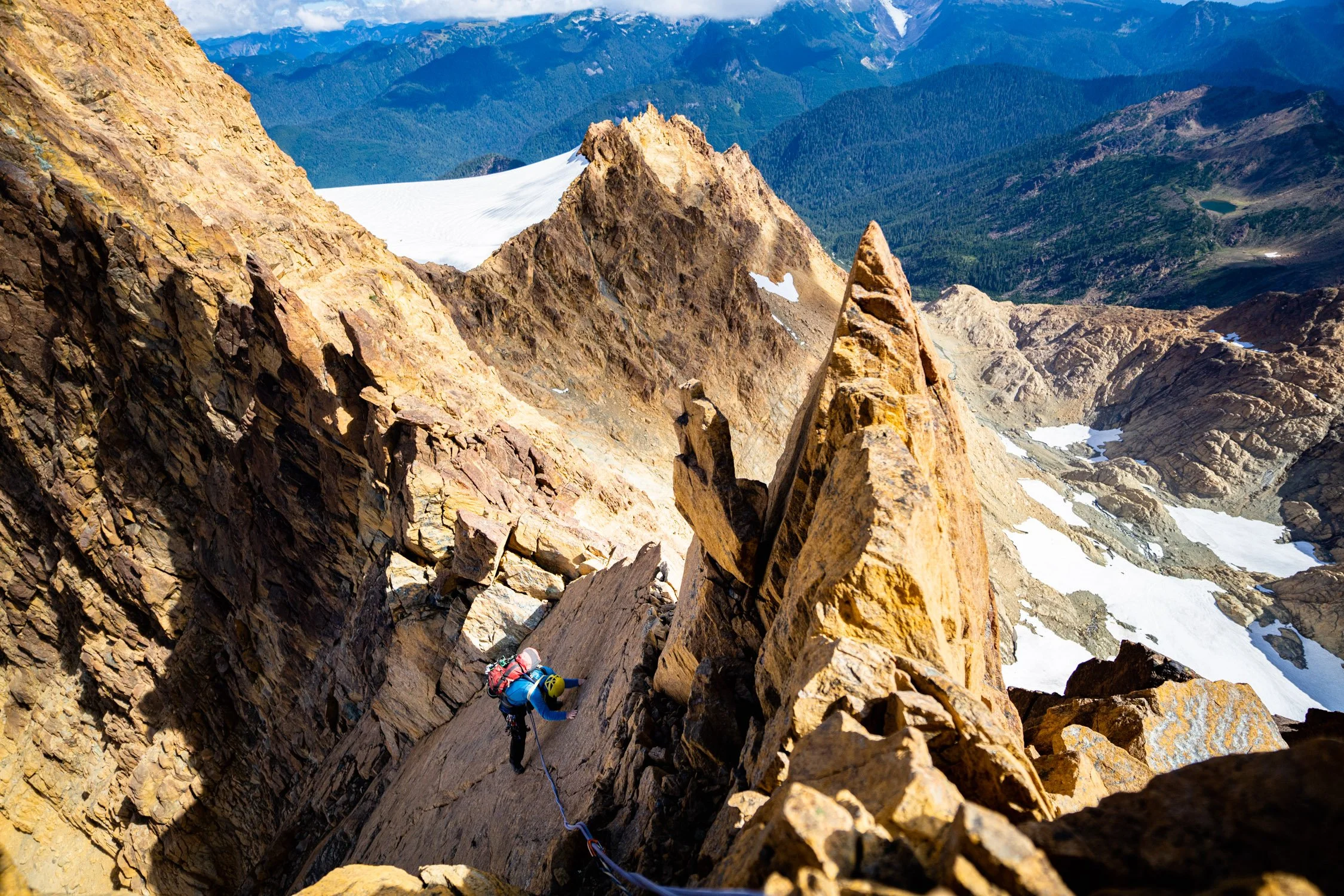Photo licensing can feel overwhelming if you let it, but it doesn’t have to be complicated. In my experience as an adventure photographer, there are three key components that determine the value and scope of any license: usage, duration, and exclusivity.
Read MoreWhen you’re hired as a photographer and nothing else, day rates are still common, especially in agency work. This means you are given the creative and asked to show up with your camera to bring the concept to life. A day rate typically includes your cost of doing business and travel expenses, but these are becoming less common as licensing has become the standard way to value your work.
Read MoreWhen you’re building a career in photography, one of the first things you need to understand is whether you are operating as a freelance photographer or as a solo-agency. This distinction affects how you price projects, manage clients, and structure your business.
Read MoreWhen clients receive a photography estimate, one line item that often raises questions is the production fee. Unlike the creative fee, which compensates the photographer for their vision, skill, and licensing of images, the production fee accounts for the tangible costs of bringing a project to life. It’s the backbone of any shoot — the logistical and financial structure that ensures everything runs smoothly.
Read MoreWhen you’re building a quote for a client, one of the most important pieces to define is your creative fee. This number represents far more than just the time you spend taking photos—it’s the heart of your value as a professional. Understanding what goes into a creative fee not only helps you communicate with clients but also ensures you’re compensated fairly for the work you bring to the table.
Read MoreWhen you’re starting out as a professional photographer, one of the biggest challenges is figuring out how to price your work. You know you should be paid for your time, talent, and vision — but there are also hard costs that make a project happen. To simplify this, I’ve found one tool that makes pricing far more straightforward: breaking a quote into two clear parts.
Read MoreWhen you start the conversation with a potential client, your first goal is to get a feel for their budget. This helps you understand how big of a production you can realistically create. Just as important, you need to know whether you are acting as a photographer or as a solo-agency. That distinction has a major impact on pricing.
Read MoreIf you’re waiting for someone to give you permission to pitch sponsored projects, here it is: you can start today. You don’t need to be a world-famous photographer or have a massive following. What you do need is a strong idea, the ability to communicate that idea, and the willingness to do the work of putting yourself out there.
Read MoreSponsored projects have become one of the most rewarding and challenging parts of my career as an adventure photographer. They are a way to fund personal stories I care deeply about while also building my body of work and, in many cases, earning real money.
Read MoreThe short answer is yes and no. As an adventure photographer, I’ve landed over $20,000 for a single project from one sponsor, which was a fantastic win. But more often than not, sponsorships mostly help offset the cost of producing the project rather than making a big profit upfront.
Read MoreIn my years as an adventure photographer, one thing is clear: your clients know what they know, and sometimes that knowledge can be more than yours. But often, especially after you have been in the industry for a while, you find that the person hiring you knows less about the creative or technical side than you do. That means you have to recognize this, educate them, and keep moving forward.
Read MoreIn this industry, your clients usually know what they want — but not always what they need. And after you’ve spent some time in adventure photography, you start to realize that sometimes you actually know more than the people hiring you. That’s where the tricky part begins: educating your clients without coming across as a know-it-all.
Read MoreIf you want to make it as an adventure photographer, you have to play the long game. I wish there was a faster route. But after nearly a decade in this industry, I can say this with confidence: every meaningful success I’ve had has been built slowly, layer by layer.
Read More"Making it" just as a photographer doesn't really happen in today's landscape, but it's still possible with some creativity. Take a second and think about the biggest photographer's you know, I bet none of them are "just a photographer":
Read More"At the end of the day, nobody cares about you"
False.
It's the opposite. If you don't let people know you exist they don't care about you because they don't know you.
Read MoreWhen I first started in 2016, I genuinely believed that becoming a great photographer meant mastering camera settings, nailing composition, and building a big social following. Maybe you feel the same—that technical skills, a signature editing style, or the ability to capture perfect lighting is what lands the biggest jobs.
Read MoreAdventure photography can feel like a dream career because who doesn’t want to capture epic landscapes, document extreme sports, or share their passion for the outdoors with the world? Yet, turning that passion into a sustainable livelihood requires more than just snapping stunning images. In today’s ever-shifting creative marketplace, successful adventure photographers embrace multiple revenue streams, understanding that each avenue reinforces the others and builds long-term stability.
Read MoreEvery successful adventure photographer—from the earliest pioneers scaling granite walls to today’s social-media storytellers—follows a simple yet powerful creative cycle. It’s a repeating loop of creation, exposure, monetization, and reinvestment. When you understand each stage and learn how to navigate it intentionally, your craft improves, your earnings grow, and your professional network expands.
Read More


